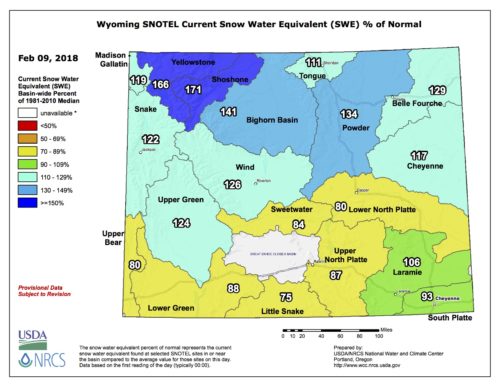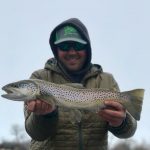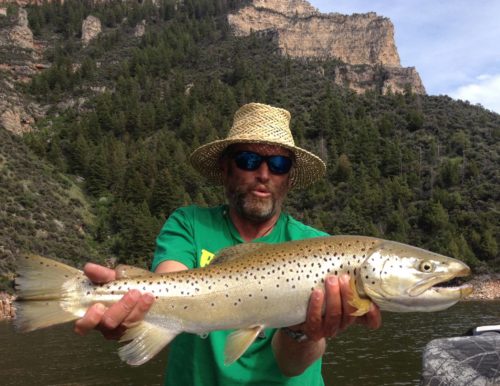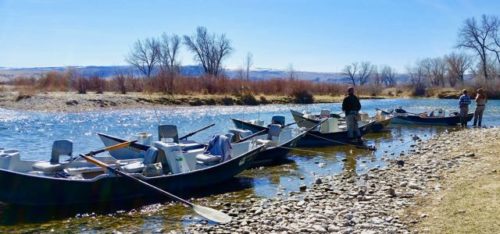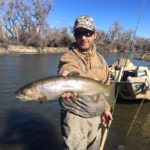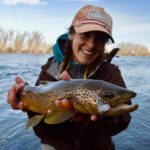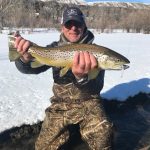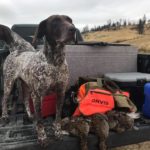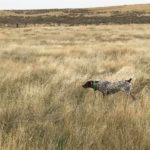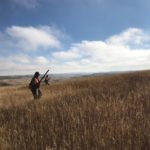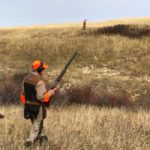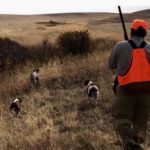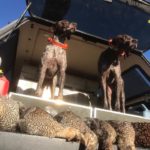
Probably ought to start refilling that Steel Worm bin…
No, we are not talking about tequila (does anybody really do that?), but we are talking about that fly tied to the end of your leader. That’s right, the both mighty and humble worm. There are a bunch of various patterns that imitate this food organism to trout, from the original chenille San Juan, to the modern soft and chewy Squirmy Worm, to one of the Bighorn favorites, the Steel Worm. From the enthusiastic “Heck yeah, I love a good worm bite!”, to the “I am NOT, fishing a worm”, few flies are capable of evoking such strong opinions and reactions out of fly anglers.
Seasoned fishing guides and anglers generally fall into the enthusiastic camp when it comes to worms, and for good reason. Almost without fail, when these organisms are abundant and available to the trout, the fishing is typically very good. To better understand why this is, it helps to know a little bit about the humble worm. The first thing to understand is that the worms we are talking about are aquatic worms. That’s right, they live in the river. Rivers that are most abundant with aquatic worms generally have a low gradient (i.e. slower currents), are somewhat silty, and are nutritionally rich. Most Western tailwater rivers (rivers that are fed by a dam and large reservoir) meet this description. A few examples would include the North Platte in Wyoming, San Juan in New Mexico, and the Missouri, Beaverhead, and Bighorn in Montana. All of these rivers have the right combination of factors that make them aquatic worms factories, which significantly contribute to these river’s biomass and are one of the important reasons that they tend to produce healthy populations of decent sized trout.
Aquatic worms usually become abundant and available to trout during periods of higher river flows. As mountain runoff begins to melt and fill the reservoirs behind the dams, more water is released into the river in order to make room. These periods of higher flow in the spring tend to wash out accumulated silt, which is where aquatic worms generally live. As the silt is displaced into the current, so are the worms. Imagine a typical Bighorn River brown trout. You’re making a living throughout the year by eating a lot of really small bites; sowbug, scuds, midges, some caddis and mayflies, and an occasional minnow, snail or leech. In the fall you go through the annual spawning ritual and loose body mass as you devote a lot of energy into cutting redds (for females), chasing off competitive suiters (for males), and then laying and fertilizing eggs. As the spawn winds down it’s into December, and then come the lean months of winter, where you feed on sparse hatches of tiny midges, mayflies and the odd scud and sow bug in the drift. By spring you are ready to eat and put that body mass back on. As the days get longer, the water warms, the river rises, and suddenly there are hundreds of thousands of meaty aquatic worms drifting in the feeding lanes. Life is good! You take advantage of this opportunity and voraciously feed on these organisms, sometimes ignoring other food forms in order to efficiently put as many calories as possible in your body in the time given. In the span of a couple of weeks, you go from being pale, silvery, and skinny to a plump golden brown that the Bighorn is famous for.
The keen angler (and guide) takes advantage of this type of feeding behavior by the trout. It’s no different from taking advantage of the same behavior when hatching insects are abundantly available such as mayflies, caddis, stoneflies, and midges. Although the worm bite isn’t a “hatch” in the traditional sense, by fishing a worm pattern during these times, you are essentially “matching the hatch” by selecting a fly pattern that represents the food form most available to the trout. I know a guide who was flat out accused of not understanding aquatic entomology because he tied on a worm pattern for a client. That situation was rare and unfortunate, and only served to illustrate the ignorance of his client. However, it’s a lot less rare to meet an angler who doesn’t make insulting accusations, but turns their nose up at a worm pattern. Yes, it may not be as idilic as stalking a pod of rising trout sipping size 22 trico spinners from the surface with a perfectly tied flat wing spinner, but it is the same concept none-the-less.
So the next time you hop into a drift boat, and your guide ties on that simple little red, or purple, or brown, or wine chenille worm fly, don’t fear the worm! It’s not an insult or reflection on your angling ability, it is simply a matter of working with what the river happens to be dealing at that particular time. And if you really can’t get past it, look at booking your trip when those pods of trout are sipping sized 22 trico spinners, just make sure you’ve practiced hitting a dinner plate at 40 feet, but that’s another post for later!
Cheers!
From the Guide Shack…
Tyler
